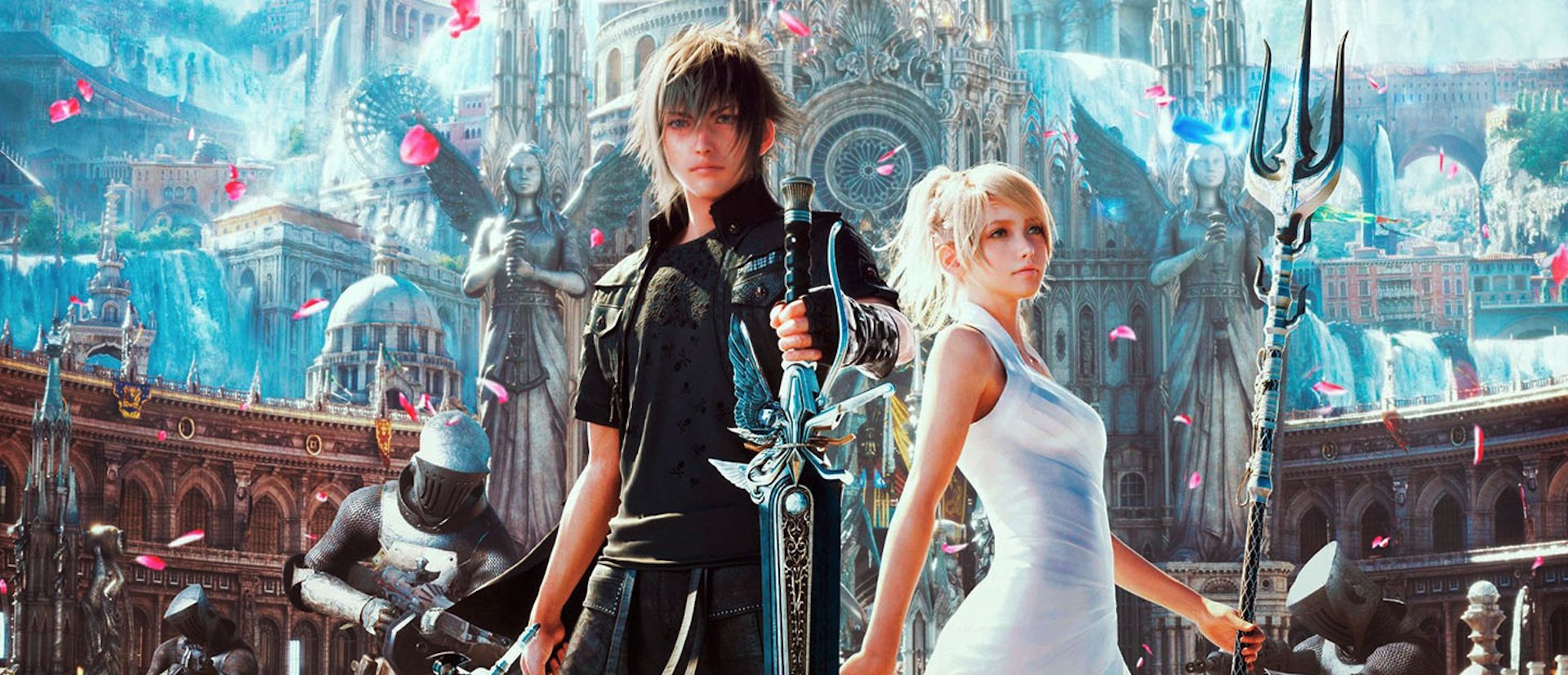Below you'll find an excerpt from The Art and Design of FINAL FANTASY XV, the official coffee table art book on the popular video game and Kingsglaive movie. Enjoy reading!
Designers of fantasy fiction worlds, no matter the medium they design for, face peculiar challenges.
The word ‘fantasy’ implies a freedom to simply let your imagination run free, see where your dreams take you, and build your world from there.
Yet building a fantasy world is probably harder than a realistic one: in realistic worlds, an audience knows what to expect, leaving the designers with the simple task to show us things we recognise, to simulate what we know.
Designers of fantasy fiction worlds, no matter the medium they design for, face peculiar challenges.
The word ‘fantasy’ implies a freedom to simply let your imagination run free, see where your dreams take you, and build your world from there.
Yet building a fantasy world is probably harder than a realistic one: in realistic worlds, an audience knows what to expect, leaving the designers with the simple task to show us things we recognise, to simulate what we know.

.jpg)
.jpg)
.jpg)
.jpg)
.jpg)
.jpg)